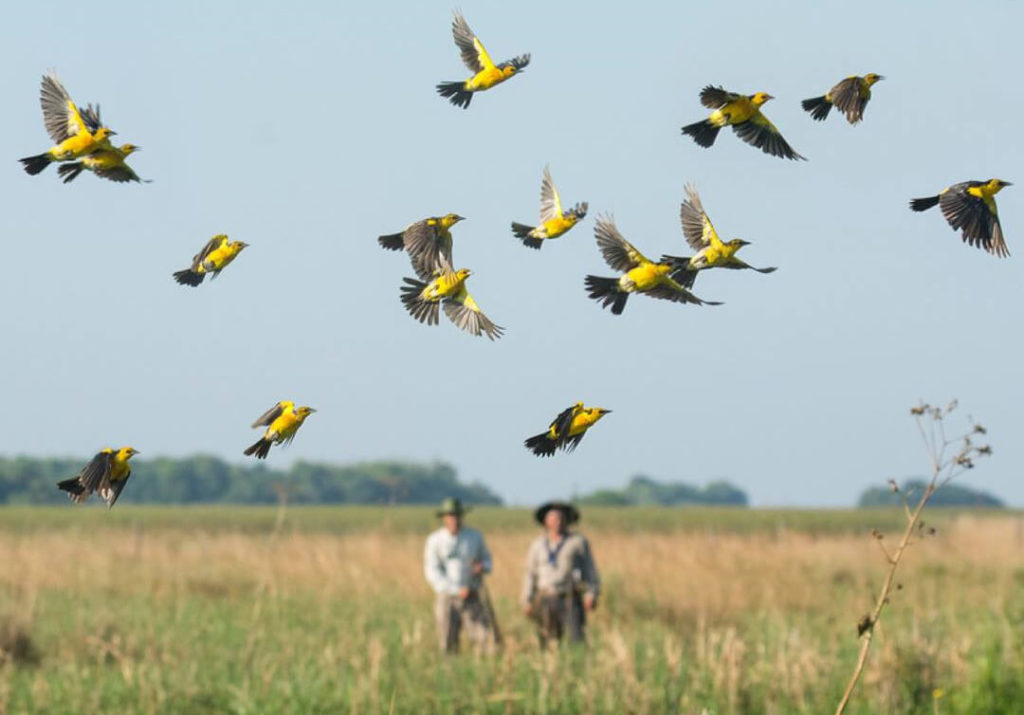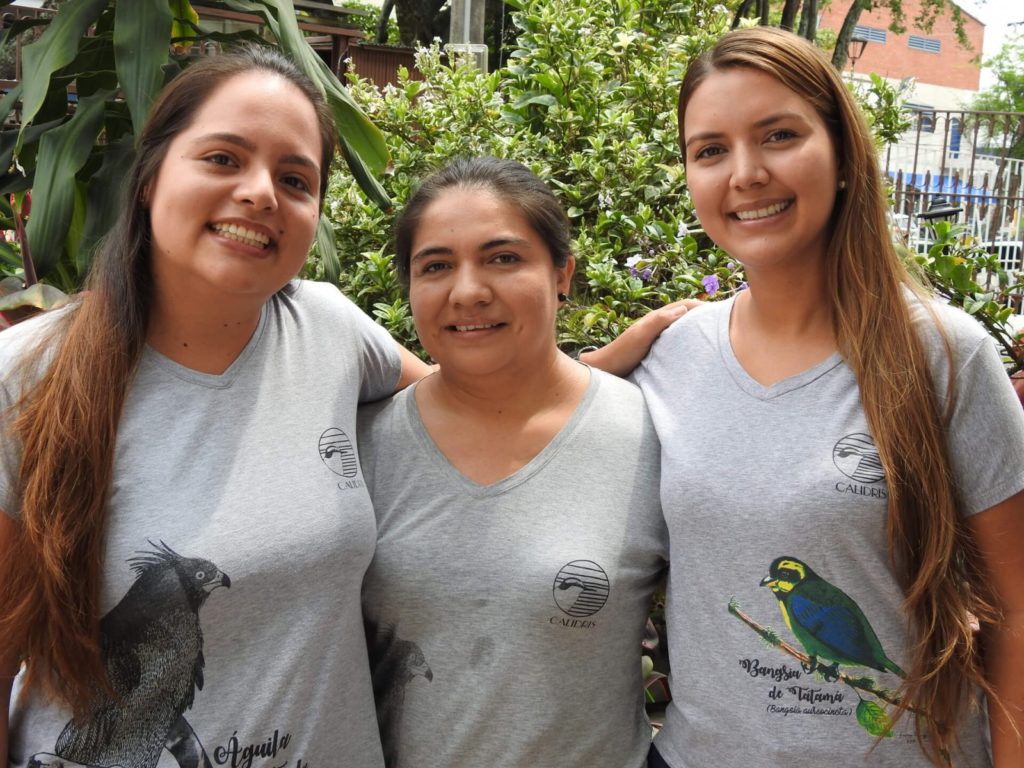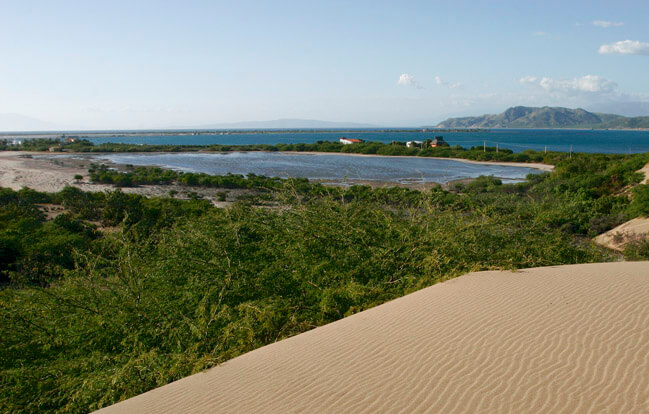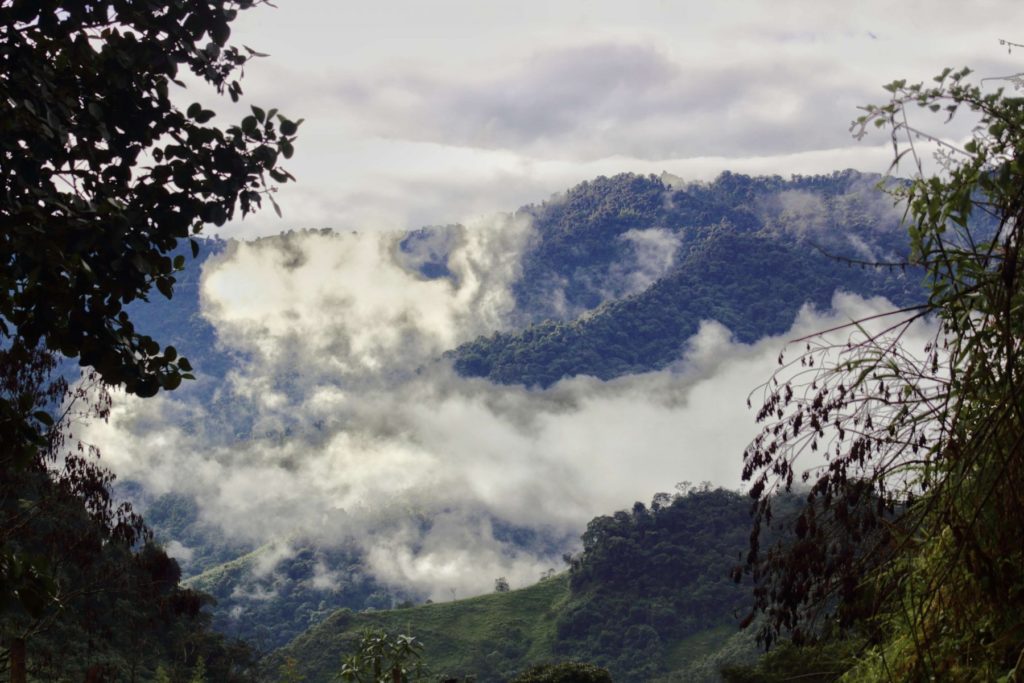Written by Sherilyn Bos
Today’s young people are going to be dealing with some of the biggest conservation challenges the planet has experienced – but we think they’re up to the task. That’s why we give up-and-coming conservationists the support they need to kick-start their careers through BirdLife Young Conservation Leaders (YCL) and the Conservation Leadership Programme (CLP).
This year’s winners will be working across the Americas to protect threatened bird species and Important Bird and Biodiversity Areas (IBAs). These projects are possible thanks to generous support from the British Birdwatching Fair and The Aage V. Jensen Charity Foundation.
Saving the Saffron-cowled Blackbird in Argentina
In the pampas grasslands of Argentina, a team lead by biologist Florencia Pucheta will be developing a strategy to protect the vulnerable Saffron-cowled blackbird (Xanthopsar flavus). Threatened by poaching and habitat loss from agriculture and livestock grazing, the Argentinian population of this brightly-colored bird has dwindled to only 500-600 individuals, confined to two isolated sites. In order to enact a conservation strategy, it is important to understand everything about the species. That’s why Pucheta’s team will be researching the birds’ distribution, reproduction, and many more aspects of their lives before designing a well-informed plan of action.
The foundation of this project was laid by three years of hard work and dedication with minimal funding or support. Now, Pucheta and the team can take it to the next level. “It took us three years to study the species and learn from scratch, without any textbook or course, how to fundraise, build this amazing team with the local communities, deal with advocacy and politics and also determine our scientific approach. We feel profoundly fortunate and proud to be able to receive the support that the Young Conservation Leaders offers to young professionals,” says Pucheta.
Bird-friendly farming for the Canada Warbler in Colombia
In the Colombian Andes, Diana Ramirez and her team will be protecting the wintering grounds of Canada warblers (Cardellina canadensis), who are rapidly being lost to intensive agriculture. The project will promote bird-friendly agricultural practices in La Cumbre, the location of an IBA. By the end, the team hopes the whole community will be involved in bird-friendly farming that allows birds and people to thrive side by side. They also aim to collect important information about the Canada warbler’s ecology, which will contribute to long-term strategies for safeguarding this species in the region.
Ramirez says: “We are extremely happy to have the opportunity of contributing to Canada warbler conservation in the Andean region of Colombia through this project.”
Encouraging eco-tourism in the Dominican Republic
Bahía de Las Calderas is a beautiful area of coastal dunes and wetlands in the Dominican Republic, classed as an IBA and a natural monument. It is a crucial wintering and stopover site for migratory shorebirds, as well as a home for threatened endemic species such as the vulnerable West Indian whistling-duck (Dendrocygna arborea). The area faces a variety of threats including poaching for the pet trade, roadkill, quadbike driving on the dunes and the use of destructive fishing nets. Miguel Landestoy and his team aim to tackle this by developing eco-tourism, which will support local livelihoods in a way that doesn’t damage this precious habitat. They also intend to carry out much-needed ecological assessments of the site to inform their decisions.
Landestoy and the team say: “We are grateful for receiving this award and for having the opportunity to inspire the people of our local communities to conserve the biodiversity that surrounds them.”
Fostering city conservation in Argentina
The estuary of the Gallegos River is not your typical wildlife haven, surrounded as it is by a busy port and a bustling city. But that doesn’t mean it can’t be protected. Maria Luz Alsina and her team will be monitoring the area in order to reduce disturbance to birds who use it as a resting, nesting and feeding site. This strategy will be complimented by an education program, which will raise awareness among city-dwellers, encouraging them to respect this important site. If successful, this project can be used as a model to be rolled out in similar sites across the country.
Alsina says: “Our first reaction after receiving the mail was a feeling of great emotion. We are grateful for the opportunity to carry out a project of such magnitude for conservation in our city.”
Bringing birdwatchers to Brazil

Members of the team overlook Brazil’s São Francisco Xavier/Monte Verde IBA. Image credit Alecsandra Tassoni.
Recently, BirdLife Partner SAVE Brasil reintroduced 12 black-fronted piping guans (Pipile jacutinga) to Brazil’s São Francisco Xavier/Monte Verde IBA. With more releases underway, Alecsandra Tassoni and her team aim to make sure the area is as safe as possible for this endangered bird. The team aims to draw birdwatchers to the area by training local guides and helping hotels implement best practices for hosting bird enthusiasts. They will also raise awareness among the local community about poaching, irresponsible pet ownership and the importance of preserving the forest. Furthermore, they will fund restoration projects to plant trees that are used by guans, who are a key seed disperser of the forest.
Tassoni’s first reaction upon receiving the news of the award was: “I was very happy to find that we had been awarded, and enthusiastic about the opportunity to attend the training courses. This will be very important for my team’s professional development and for increasing our capacity in contributing to the conservation of birds and their habitats in Brazil.”
Watching over water in Colombia
The Columbian valley of Cuchilla de San Lorenzo is home to an impressive number of globally threatened and endemic species. It hosts 15 endemic amphibians, including 2 species of harlequin toads (the most threatened amphibian group), and is also an important site for migratory birds. It also provides drinking water to over a million people in nearby coastal cities. However, lack of legal protection and the unsustainable development of coffee production, cattle ranching and tourism are degrading this essential ecosystem. Jose Barros and his team will promote the conservation of the whole watershed, and its associated amphibian communities, by working closely with local communities and businesses.
Barros says: “This means a lot to us as an organization. Our work is key for the conservation of the biodiversity of the Sierra Nevada de Santa Marta and in particular for the preservation of harlequin toads. Also, it represents an important step in our careers and in our intention of becoming the conservation leaders of Colombia.”
Exploring endangered hummingbird habitat in Ecuador
Could we lose a new population of black-breasted puffleg (Eriocnemis nigrivestis) before we even know about them? Luis Calapi and his team will be surveying previously unexplored mountain slopes to find this critically endangered hummingbird – before the mining companies do. With fewer than 1000 individuals restricted to just two sites in the Andean cloud forests, this is a species on the brink. In 2018, Aves y Conservacion (BirdLife in Ecuador) discovered individuals living at a vertiginous altitude of 3500 meters, close to the upper limit of the Intag Toisán IBA. This suggests that there may be further populations in the little-explored high zone. With open mining and agriculture encroaching upon the borders of the IBA, Calapi’s team plan to launch the very first exploration of the upper slopes, using camera traps and a census of the puffleg’s favourite food flowers. Alongside this, the team will launch an environmental awareness campaign and strengthen local support groups that look after the area.
The team hope that the information they gather will increase the conservation value of the IBA, supporting the planned creation of a 180,000 hectare municipal reserve and a provincial strategy for birdwatching tourism. By generating greater interest in the area, they hope to discourage local governments and populations from pursuing open-pit mining.
The reaction of his team to winging the award was one of great excitement: “WHAT GREAT NEWS! It is a great opportunity to learn and contribute to the conservation of important bird areas.”
Along with the awards, the 7 winning teams get unique capacity development opportunities through an international training course in Brazil organised by the Conservation Leadership Programme, along with expert guidance and being part of an ever-growing network of alumni. We look forward to seeing the great things they will achieve.
With thanks to:
Featured image: This Colombian team will be using conservation to keep water clean. Image credit Jose Barros.












